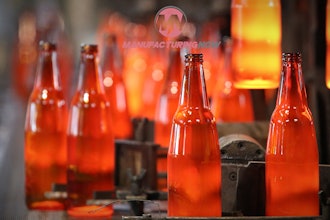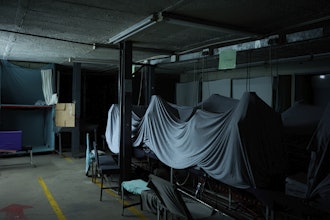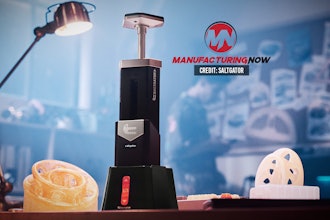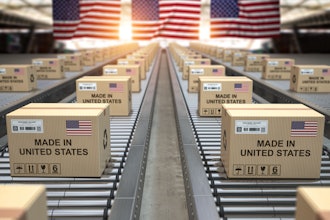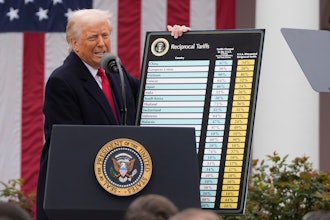5S is the lean method of organizing a work area to increase efficiency and decrease waste. It is commonly used in manufacturing and other companies and the benefits are well documented. There’s a good chance your company uses 5S or even that you use it yourself.
But what a lot of people may not have thought of is how some of the same ideas in 5S apply well to creating effective training materials at work. If you’re familiar with 5S but are less familiar with some principles of creating effective training, this comparison can help shed some light for you. So let’s take a quick look at that below.
What Is 5S?
First, let’s make sure we know what 5S is within a manufacturing environment.
Sort (Seiri): Removing unnecessary work items from the work area.
Straighten or Set in Order (Seiton): Organizing items that remain so they’re in the best possible location.
Shine (Seiso): Cleaning up the workplace.
Standardize (Seiketsu): Identifying best practices to keep things as you’ve got them now and creating consistent procedures to ensure jobs are done efficiently.
Sustain (Shitsuke): Keep it going.
What Are Effective Training Materials?
Now that we’ve introduced 5S, let’s see what we mean when we talk about creating effective training materials.
Whenever you create job training materials, you should always have one goal: to provide training that teaches your workers to perform some action, task, behavior, or skill on the job.
As a result, always start by writing up a set of learning objectives for the training. A learning objective explains what the learner should be able to do after the training is over (the skill or behavior you want them to perform on the job). Here’s what a typical learning objective looks like: At the end of this training, you should be able to thread materials into the winder properly.
Once you’ve got your learning objectives written, they should guide you through every step of developing of your training materials.
From beginning to end, the process of training creation and training should look something like this when stripped down to its bare bones:
1. Identify the skills you want to teach your workers to perform on the job
2. Write learning objectives to match those desired skills
3. Create training materials that match the learning objectives and teach those skills
4. Create tests/evaluations to ensure your workers can perform the new skills after training
5. Observe the workers on the job to ensure they’re performing the new skills correctly
So effective training materials are training materials that DO teach workers to perform the skills you set out to teach them. Anything else is less than effective.
Applying 5S to Training Material Development
Now that we’ve reviewed 5S and the process of developing training materials, let’s see how the steps in 5S can be applied to training creation.
Step 1-Sort (Seiri): In a manufacturing context, this is “removing unnecessary work items from the work area.”
In the context of training, you can think of this as removing everything from your training materials and tests that doesn’t directly teach the learning objectives or test the workers’ ability to satisfy those objectives. Remember that in training, less is truly more (sounds like lean, huh?).
Step 2-Straighten or Set in Order (Seiton): In manufacturing, this means “organizing items that remain so they’re in the best possible location.”
For training, this can mean organizing your training materials in a way that gives your learners the best chance to succeed. This involves letting workers know what you’ll teach them before you teach, breaking your materials into small “chunks,” and ordering those chunks in a logical manner.
Step 3-Shine (Seiso): In manufacturing, this means “cleaning up the workplace.”
In training, this can be putting the final polish on your training materials before they “go live.” It can include editing, revising, beta testing, and any other quality-control checks.
Just as your workplace needs tidying, so does the work you do when you develop training materials. You’re bound to make a mistake or two-it pays to review, revise, get a second opinion, and improve.
Step 4-Standardize (Seiketsu): In the manufacturing sense, this means “identifying best practices to keep things as you’ve got them now and creating consistent procedures to ensure jobs are done efficiently.”
In the training sense, this can refer to the time period when your workers have completed their training and are on the job. Observe the workers in the field to make sure they’re following the instruction given during training. If not, provide helpful feedback.
Step 5-Sustain (Shitsuke): In the manufacturing sense, this means to “keep going.”
That’s what it means in a training sense, too. Keep training new workers. Keep observing workers in the field after training. Continually evaluate your procedures with lean principles to make sure you’re reducing waste and increasing value. If you need to change a procedure, change the procedure and create new training in the way described above. Always strive to continually improve.
Conclusion: Training the 5S Way
With luck, we’ve taken some concepts you’re familiar with from 5S and manufacturing and given you some insights into how to make effective training materials. Just as 5S helps you create value for your customers and reduce waste, designing training materials with similar ideas in mind help you create value (more effective training) for your customers (the employees you train and/or their bosses who pay you to train the employees). If thinking in lean concepts helps you create better training materials, then why not?








